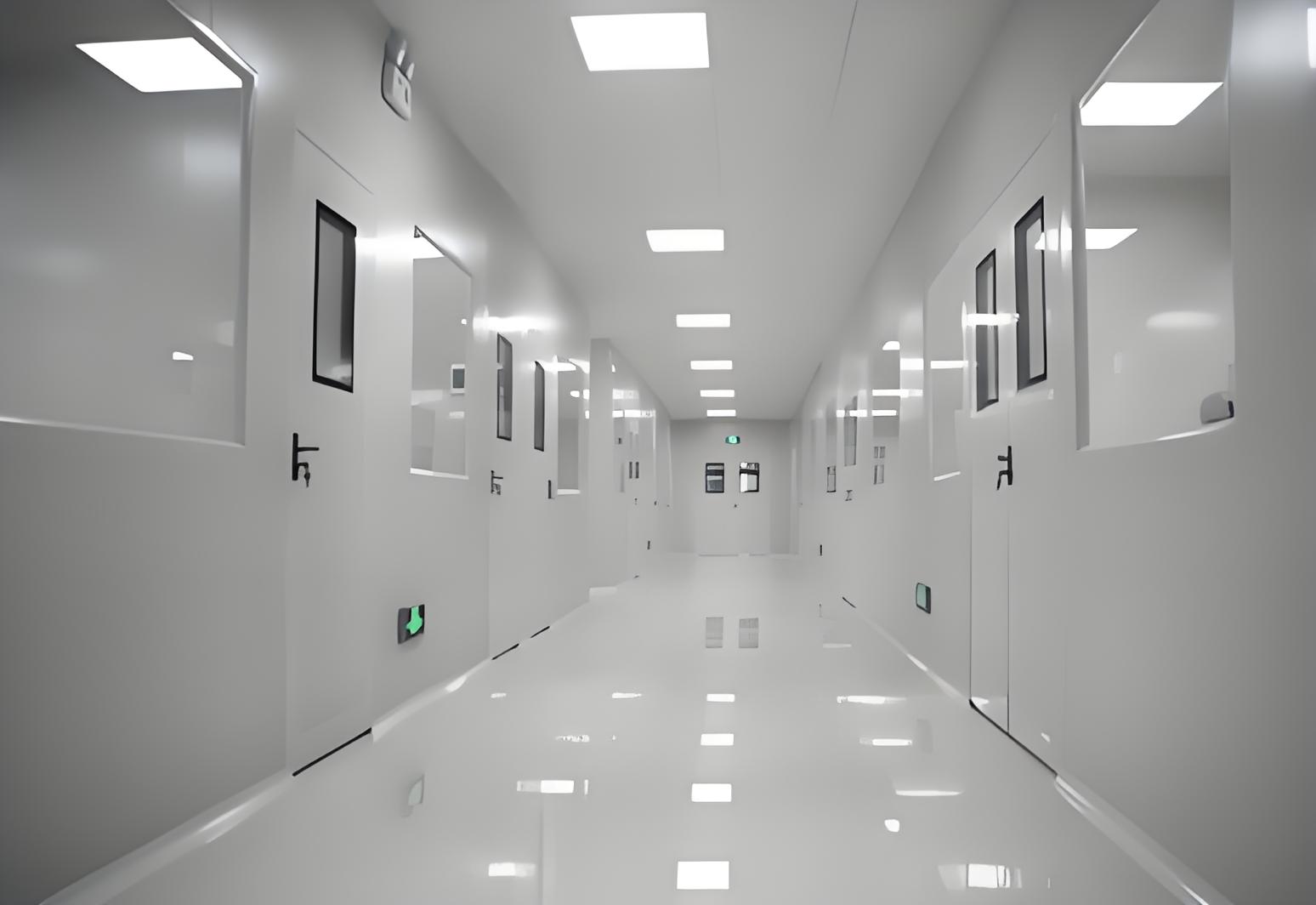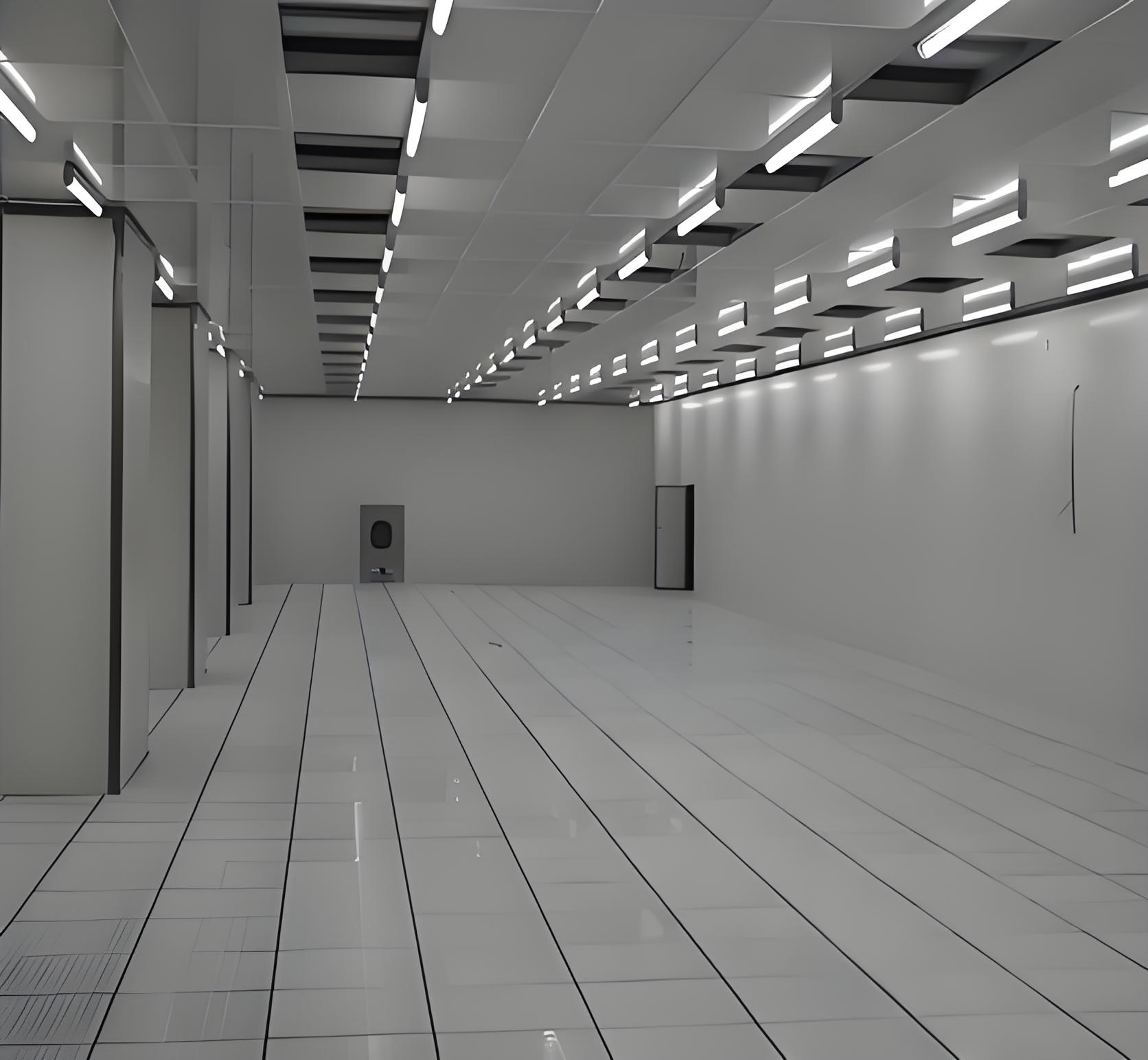




When it comes to cleanroom facilities, the HVAC (Heating, Ventilation, and Air Conditioning) system is not just a component—it is the backbone that ensures environmental control, product integrity, and regulatory compliance. Whether for pharmaceutical manufacturing, biotechnology, or semiconductor production, a well-designed HVAC system maintains critical parameters like temperature, humidity, pressure differentials, and airborne particle counts. This article delves into the essentials of HVAC design for cleanroom facilities, covering aspects such as cGMP HVAC requirements cleanroom, the role of cleanroom HVAC engineering consultants, the importance of cleanroom facility commissioning HVAC, and the influence of ISO 14644-4 HVAC design. We will also explore common challenges faced in this specialized field. By the end, you will have a comprehensive understanding of how to approach HVAC systems in cleanrooms effectively, ensuring they meet stringent standards while optimizing performance and cost-efficiency.

Cleanrooms are controlled environments where pollutants like dust, microbes, and aerosol particles are minimized to specific levels. The HVAC system plays a pivotal role in achieving this by providing filtered air, controlling climate conditions, and maintaining unidirectional airflow to prevent contamination. Unlike standard HVAC systems, those for cleanrooms require advanced filtration, precise airflow management, and robust monitoring systems. The design must account for factors such as room classification (e.g., ISO Class 5 or higher), operational processes, and regulatory guidelines. In essence, Cleanroom HVAC Design is a multidisciplinary effort that integrates engineering principles with industry-specific standards to create a safe and efficient environment. As we proceed, we will break down the key elements that make these systems unique and critical for success in high-stakes industries.
Cleanroom HVAC Design involves a holistic approach that starts with understanding the cleanroom's purpose and classification. The primary goal is to maintain air quality by controlling particulate contamination through high-efficiency particulate air (HEPA) or ultra-low penetration air (ULPA) filters. Key design considerations include:
Airflow Patterns: Unidirectional (laminar) or non-unidirectional airflow is selected based on the cleanroom class. For instance, ISO Class 5 rooms often use vertical or horizontal laminar flow to sweep particles away from critical zones.
Pressure Differentials: Cleanrooms are typically maintained at positive pressure relative to adjacent areas to prevent infiltration of contaminants. However, in biohazard applications, negative pressure might be used to contain hazards.
Temperature and Humidity Control: Precise control is vital for processes sensitive to environmental fluctuations. For example, pharmaceutical cleanrooms may require temperatures around 20-24°C and humidity between 30-50% RH to ensure product stability.
Air Change Rates: Higher air change rates (e.g., 20-60 changes per hour) are common in cleanrooms to dilute and remove contaminants rapidly. This is calculated based on room size, occupancy, and activity levels.
Incorporating energy efficiency is also crucial, as HVAC systems can account for up to 60% of a cleanroom's energy consumption. Strategies like variable air volume (VAV) systems and heat recovery units can reduce operational costs without compromising performance. Overall, effective Cleanroom HVAC Design balances technical requirements with sustainability, ensuring long-term reliability.
In regulated industries like pharmaceuticals and medical devices, compliance with current Good Manufacturing Practices (cGMP) is non-negotiable. cGMP HVAC requirements cleanroom standards, enforced by agencies such as the FDA and EMA, emphasize design elements that prevent cross-contamination and ensure product safety. Key requirements include:
Documentation and Validation: HVAC systems must be thoroughly documented, with design qualifications (DQ), installation qualifications (IQ), operational qualifications (OQ), and performance qualifications (PQ) demonstrating compliance.
Air Filtration: HEPA filters are mandatory for most cleanrooms, with testing to prove efficiency (e.g., 99.97% efficiency for 0.3-micron particles). Pre-filters are often used to extend HEPA filter life.
Monitoring and Control: Continuous monitoring of parameters like pressure differentials, temperature, and humidity is required, with alarms for deviations. Data logging ensures traceability for audits.
Material and Construction Standards: Ductwork and components must be made of non-shedding materials (e.g., stainless steel) and designed for easy cleaning to avoid particle generation.
For instance, in a cGMP HVAC requirements cleanroom setup, airflow validation must show that air moves from cleaner to less clean areas, protecting critical zones. Regular requalification and maintenance are also part of cGMP, ensuring systems remain compliant over time. Failure to meet these requirements can lead to product recalls or regulatory actions, highlighting the importance of integrating cGMP principles early in the design phase.
Designing an HVAC system for a cleanroom is complex, requiring specialized knowledge. This is where cleanroom HVAC engineering consultants come into play. These experts provide invaluable services, from conceptual design to implementation, ensuring that systems meet technical and regulatory standards. Their roles include:
Needs Assessment: Consultants evaluate the client's requirements, such as cleanroom classification, process flows, and budget constraints, to develop a tailored design.
System Design and Optimization: They create detailed plans that incorporate energy-efficient solutions, risk assessments, and compliance with standards like ISO 14644. For example, they might recommend redundant systems for critical applications to ensure uptime.
Project Management: Consultants oversee installation, coordinate with contractors, and ensure timelines are met, reducing the risk of cost overruns.
Troubleshooting and Support: Post-installation, they assist with validation and address any operational issues, providing ongoing support for system upgrades.
Engaging cleanroom HVAC engineering consultants can prevent common pitfalls, such as undersized equipment or improper airflow balancing. Their expertise ensures that the HVAC design aligns with best practices, ultimately saving time and resources while enhancing system performance.

Commissioning is a critical phase that verifies the HVAC system operates as intended. Cleanroom facility commissioning HVAC involves a systematic process of testing, adjusting, and documenting all components to ensure they meet design specifications and regulatory requirements. Key steps include:
Pre-Commissioning Checks: This involves inspecting installations, such as ductwork and filters, for compliance with design drawings.
Functional Performance Testing: Tests include airflow velocity measurements, particle count verification, pressure differential checks, and filter integrity tests (e.g., DOP testing for HEPA filters).
System Balancing: Adjusting dampers and controls to achieve desired airflow rates and pressure gradients across the cleanroom.
Documentation and Handover: Compiling reports that demonstrate compliance with standards like ISO 14644-4, which provides guidelines for cleanroom design and testing.
Cleanroom facility commissioning HVAC is not a one-time event but an ongoing process, with periodic recommissioning needed to account for wear and tear. Proper commissioning reduces the risk of non-compliance and ensures the system performs efficiently throughout its lifecycle. For example, in a recent pharmaceutical project, thorough commissioning identified a leak in the ductwork that could have led to contamination, highlighting its importance in risk mitigation.
The ISO 14644 series is an international standard for cleanrooms, with Part 4 specifically addressing design and construction. ISO 14644-4 HVAC design guidelines provide a framework for achieving and maintaining air cleanliness through proper HVAC integration. Key aspects include:
Design Principles: The standard emphasizes factors like airflow organization, filter placement, and material selection to minimize particle generation. For instance, it recommends smooth surfaces and sealed joints in ductwork.
Classification Compliance: HVAC systems must support the target cleanroom classification (e.g., ISO Class 1-9), with design parameters validated through testing.
Risk Management: ISO 14644-4 HVAC design requires assessing risks such as airflow disruptions or filter failures, and incorporating mitigations like backup systems.
Lifecycle Considerations: The standard advocates for designs that facilitate maintenance and monitoring, ensuring long-term compliance.
Adhering to ISO 14644-4 HVAC design not only ensures regulatory acceptance but also enhances system reliability. For example, by following its guidelines on airflow visualization, designers can optimize layout to avoid dead zones where particles might accumulate. This proactive approach is essential for industries where contamination control is critical.
Despite careful planning, several challenges can arise in HVAC design for cleanroom facilities. Understanding these common problems helps in developing proactive solutions:
Inadequate Airflow Management: Improper airflow patterns can lead to contamination hotspots. This often stems from poor ductwork design or incorrect fan selection. Solution: Use computational fluid dynamics (CFD) modeling during design to simulate airflow and optimize layout.
Energy Inefficiency: High air change rates and filtration demands can drive up energy costs. Solution: Incorporate energy recovery ventilators or VAV systems that adjust airflow based on real-time needs.
Regulatory Non-Compliance: Falling short of cGMP HVAC requirements cleanroom or ISO standards can result from outdated designs or insufficient validation. Solution: Engage cleanroom HVAC engineering consultants early to ensure designs are audit-ready.
System Maintenance Issues: Complex systems may be difficult to maintain, leading to downtime. Solution: Design for accessibility, with modular components and clear maintenance protocols.
Commissioning Oversights: Skipping thorough cleanroom facility commissioning HVAC can mask defects. Solution: Implement a rigorous commissioning plan with third-party verification.
Cost Overruns: Unexpected expenses often arise from design changes or material shortages. Solution: Conduct detailed feasibility studies and include contingencies in budgets.
By addressing these challenges through integrated design and expert input, stakeholders can achieve robust Cleanroom HVAC Design that stands the test of time.
In summary, HVAC design for cleanroom facilities is a nuanced process that demands attention to detail, regulatory knowledge, and interdisciplinary collaboration. From adhering to cGMP HVAC requirements cleanroom and ISO 14644-4 HVAC design guidelines to leveraging the expertise of cleanroom HVAC engineering consultants, each element plays a vital role in creating a controlled environment. Moreover, cleanroom facility commissioning HVAC ensures that systems perform as intended, mitigating risks from the outset. While challenges like energy efficiency and compliance persist, a proactive approach centered on best practices can lead to successful outcomes. As technology evolves, innovations in smart controls and sustainable design will further enhance cleanroom HVAC systems, making them more efficient and reliable. For any organization operating in contamination-sensitive industries, investing in a well-executed HVAC design is not just a requirement—it is a strategic imperative for quality and safety.
By focusing on these key areas, this article has provided a comprehensive overview of Cleanroom HVAC Design and its associated considerations. If you are planning a cleanroom project, remember that early engagement with experts and a thorough understanding of standards can pave the way for a seamless implementation.